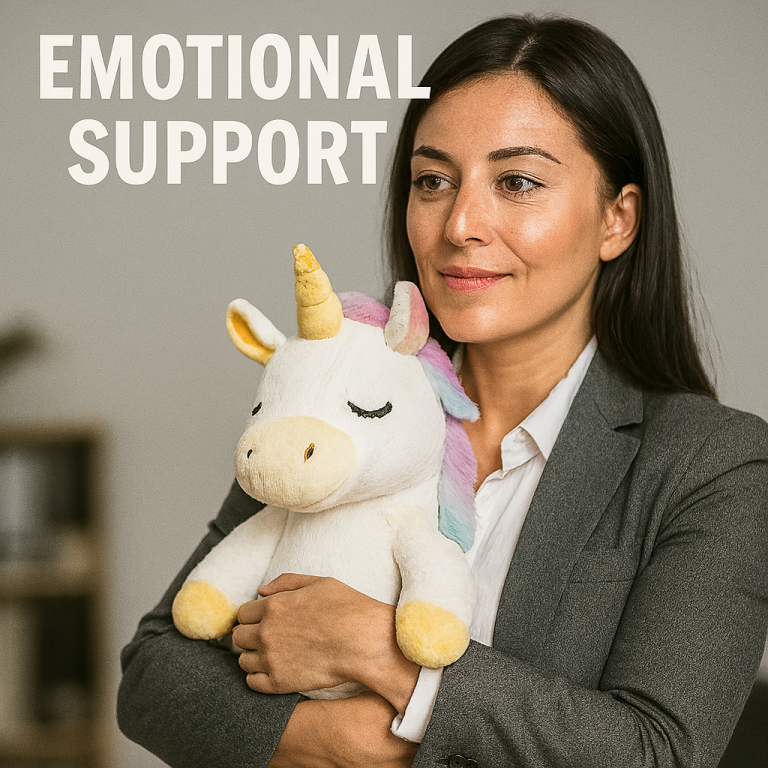
The Psychology of a Wink
A Gesture of Mystery, Charm, and Connection
The WInk
A wink is one of the most subtle yet powerful gestures in human communication. Whether playful, conspiratorial, or flirtatious, a single wink can convey a message without words, creating instant connection or intrigue. But what makes this seemingly simple movement psychologically significant? Why does a wink evoke strong reactions, and how does it shape interactions? Understanding the psychology of a wink reveals its deep roots in social bonding, emotional intelligence, and nonverbal communication.

The Science Behind a Wink More Than Just an Eye Movement
How the Brain Interprets a Wink
The human brain processes facial expressions rapidly, and a wink is recognized almost instantly as intentional rather than involuntary. The subtlety of the gesture requires context for interpretation, making it one of the most nuanced forms of nonverbal communication.
Winking and Mirror Neurons Emotional Connection
Mirror neurons play a role in recognizing expressions and responding emotionally. When someone winks, the recipient’s brain evaluates the gesture for meaning—whether it signals playfulness, secrecy, or affection—and reacts accordingly.
The Social Psychology of Winking
Why Winking Creates Instant Rapport
A wink can bridge gaps in communication, signaling trust, humor, or shared understanding. Used correctly, it establishes warmth and camaraderie, helping people feel included in an interaction.
How Winking Differs Across Cultures
In some cultures, winking is seen as friendly and inviting, while in others, it may be considered inappropriate or overly suggestive. Cultural interpretations influence whether a wink is perceived as lighthearted or intrusive.

The Role of a Wink in Flirtation and Attraction
Why a Wink Feels Playful and Intriguing
Winking is often associated with flirtation because it introduces an element of mystery and confidence. Unlike overt gestures, a wink is brief and subtle, leaving room for interpretation and curiosity.
The Psychological Effect of a Wink on Attraction
Studies suggest that nonverbal cues like eye contact and winking activate reward centers in the brain, making interactions feel more exciting and engaging. A well-timed wink can create an instant moment of connection.
The Wink as a Symbol of Humor and Sarcasm
How Winking Reinforces Lightheartedness
A wink can soften a sarcastic remark or clarify that a statement isn’t meant to be taken too seriously. It serves as a visual cue that signals playful intent, preventing misunderstandings in casual interactions.
Using Winking to Strengthen Social Bonds
Humor is a key component of friendships and social relationships, and winking often accompanies jokes, inside references, or amusing comments. This reinforces shared understanding and camaraderie.
The Wink in Leadership and Confidence
How Leaders Use Winking as a Charismatic Tool
A wink, when used appropriately, can convey confidence, reassurance, or an inside understanding. Charismatic leaders use winking to build trust and connection, signaling warmth and approachability in conversations.
Using Winking to Ease Tension in Conversations
When a situation becomes stressful or awkward, a well-placed wink can lighten the mood. It serves as a subtle way to reassure others or shift the energy of an interaction without words.
The Psychological Impact of Winking in Media and Pop Culture
How Movies and TV Have Popularized Winking
From classic Hollywood charm to modern television characters, winking has long been used as a symbol of playfulness and intrigue. Actors often incorporate winks into performances to enhance personality and deepen audience engagement.
The Symbolism of Winking in Advertising and Marketing
Brands frequently use winking imagery in logos and advertisements to suggest fun, mischief, or cleverness. This psychological association makes products and campaigns feel more inviting or cheeky.

The Neuroscience Behind Nonverbal Communication and Winks
Why Facial Expressions Influence Social Bonding
The human brain is wired to interpret facial expressions as a form of emotional intelligence. A wink, in particular, activates areas of the brain responsible for social processing, strengthening personal connections.
The Wink’s Role in Subconscious Interpretation
Even when people don’t consciously process a wink, their subconscious mind registers its meaning. This explains why winks can instantly evoke feelings of trust, amusement, or curiosity without requiring explicit explanation.
When a Wink Can Be Misinterpreted
How Winking Can Lead to Social Confusion
Because winking relies heavily on context, it can sometimes be misinterpreted. What one person sees as friendly or humorous, another might perceive as inappropriate or confusing.
Navigating Winks in Professional and Social Settings
Knowing when and how to wink appropriately is key in avoiding misunderstandings. Winking in formal business interactions may not always be well-received, while casual social settings allow for greater flexibility in its use.
Conclusion
A wink is far more than just an eye movement—it’s a tool for communication that conveys playfulness, secrecy, attraction, and humor. Whether used to signal affection or lighten a conversation, winking remains one of the most intriguing nonverbal expressions in human interaction. The next time someone winks, consider the psychology behind it—you might find yourself understanding more than words alone can say.
Join the Conversation
What do winks mean to you in different social situations?







Very good blog post. I definitely love this website.
Stick with it!
Would love to perpetually get updated outstanding web site! .